Landscape of Hate Residency Currently Underway
Posted August 10th, 2022 by Ian Seth McPhail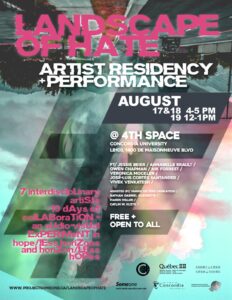
We invite all in the Montreal area to come share in their audiovisual experimentation as they surf the boundaries of affective intensities, negotiating the tensions and discomforts of desire and control. The residency lasts until August 19th.
Access is free and the 4th Space is open to all from 10:00AM to 6:00PM, Monday to Friday.
Special performances at the end of the residency will provide a window into the culmination of their interdisciplinary collaboration. These performances will be held August 17th and 18th from 4:00-5:00PM, as well as August 19th at 12:00PM/noon.
Concordia’s 4th Space is located within the J.W. McConnell Building:
1400 Maisonneuve Blvd W, Montréal, Quebec H3G 1M8
Special thanks to Marek Detière-Venkatesh, Nathan-Gabriel Guerrette, Catlin W. Kuzyk, and Mairin Miller for their production assistance, as well as Jessie Beier for the poster.


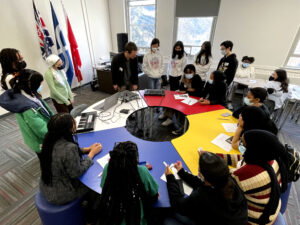
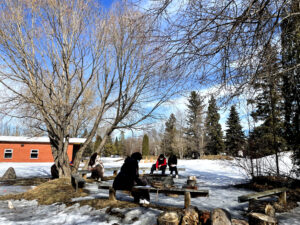
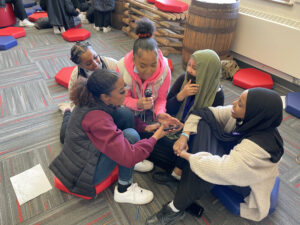
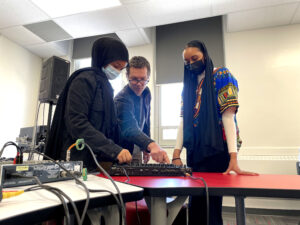
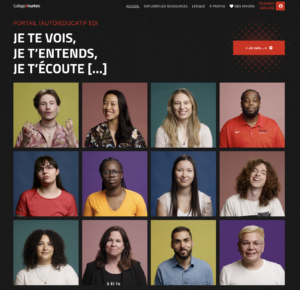
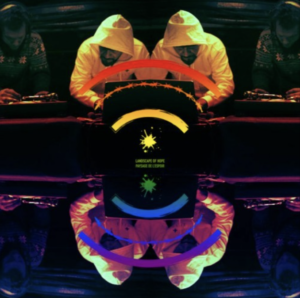
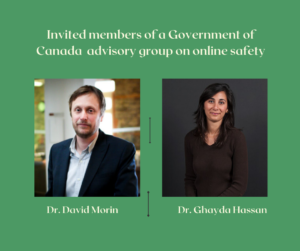
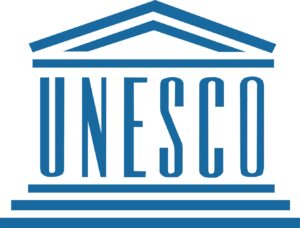
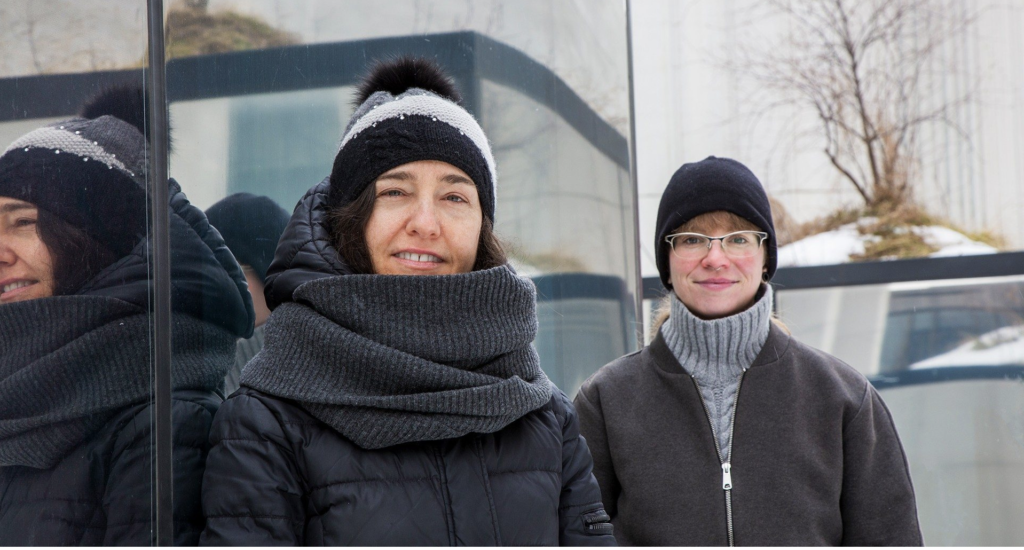



 Français
Français